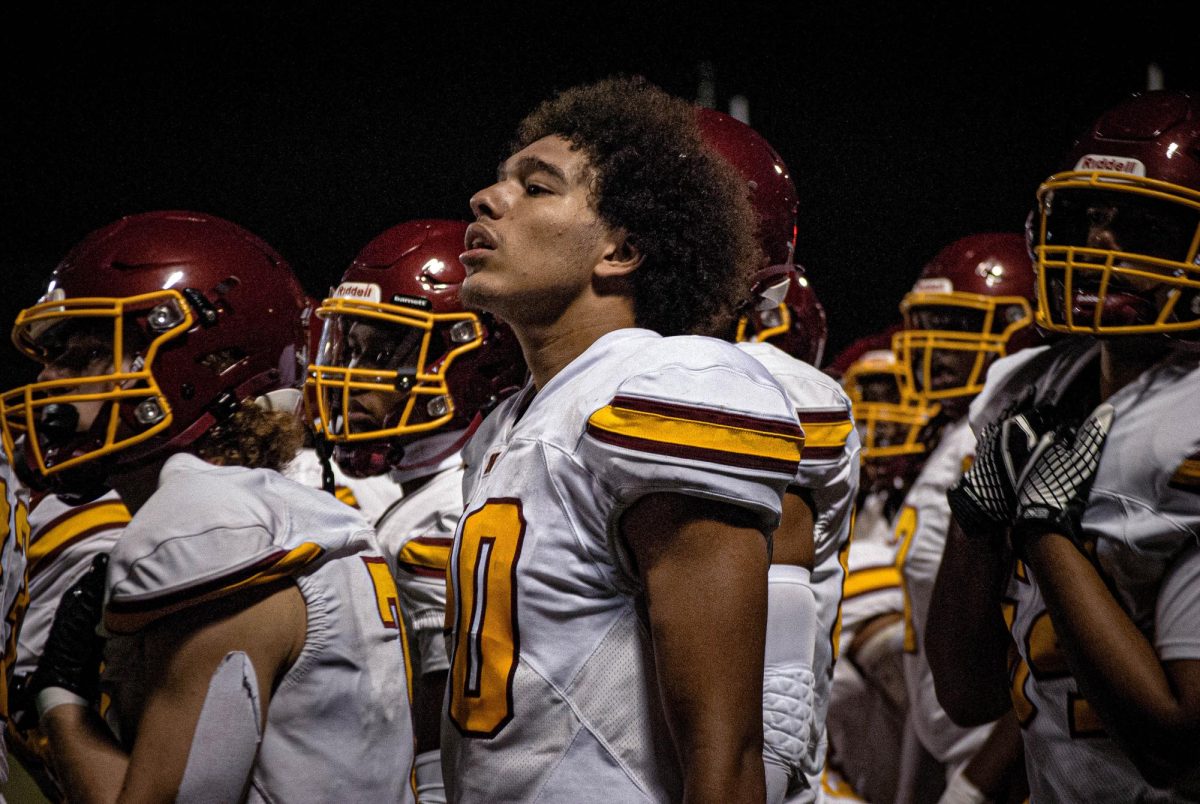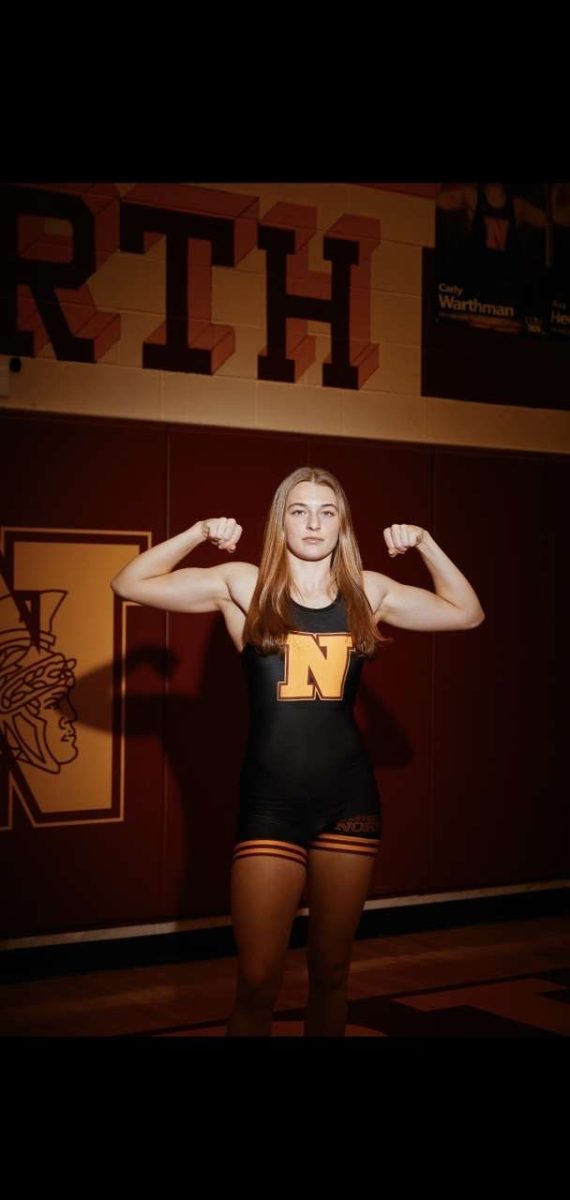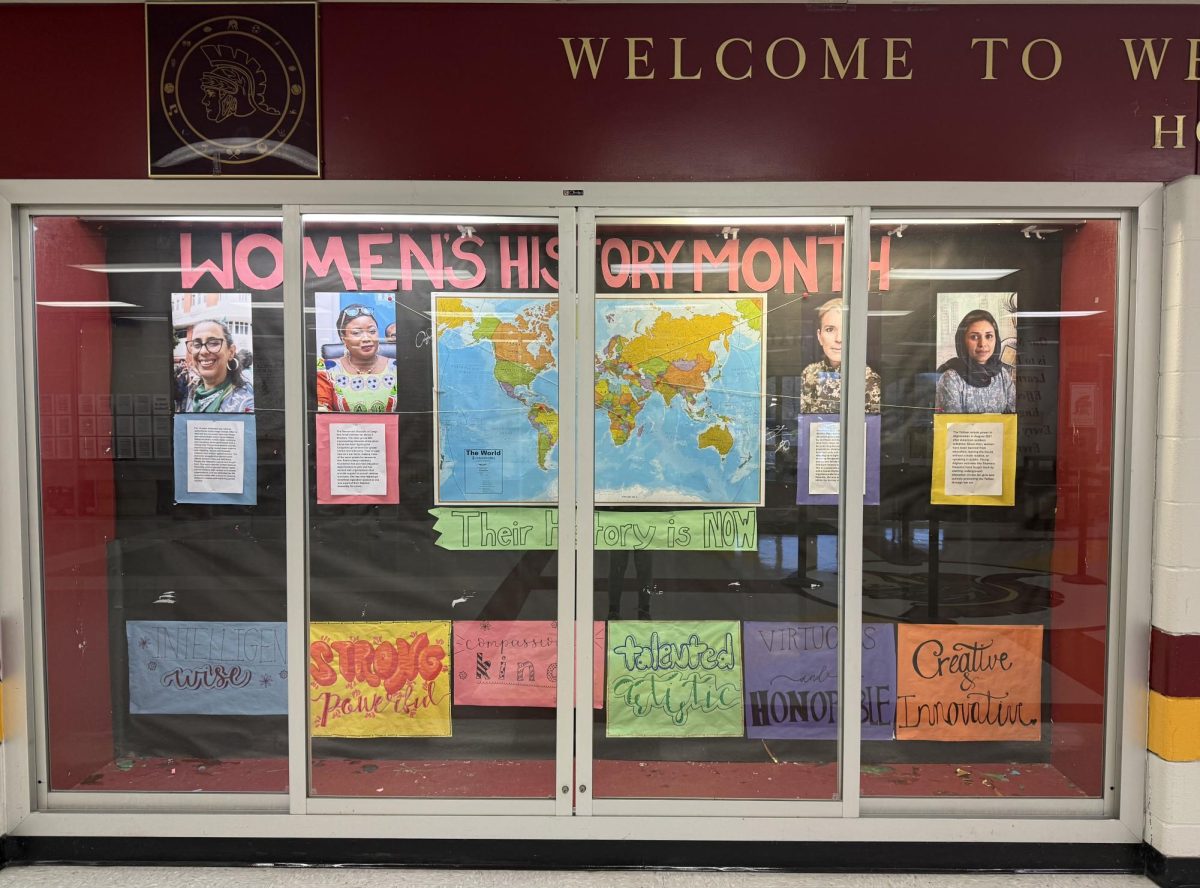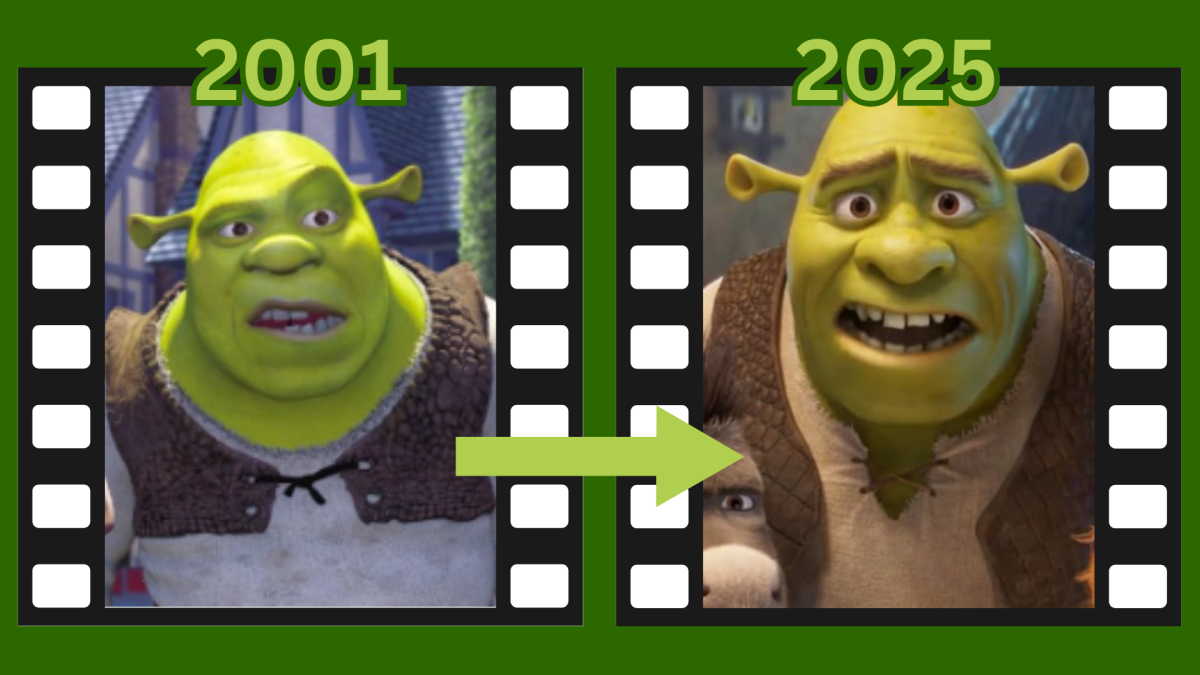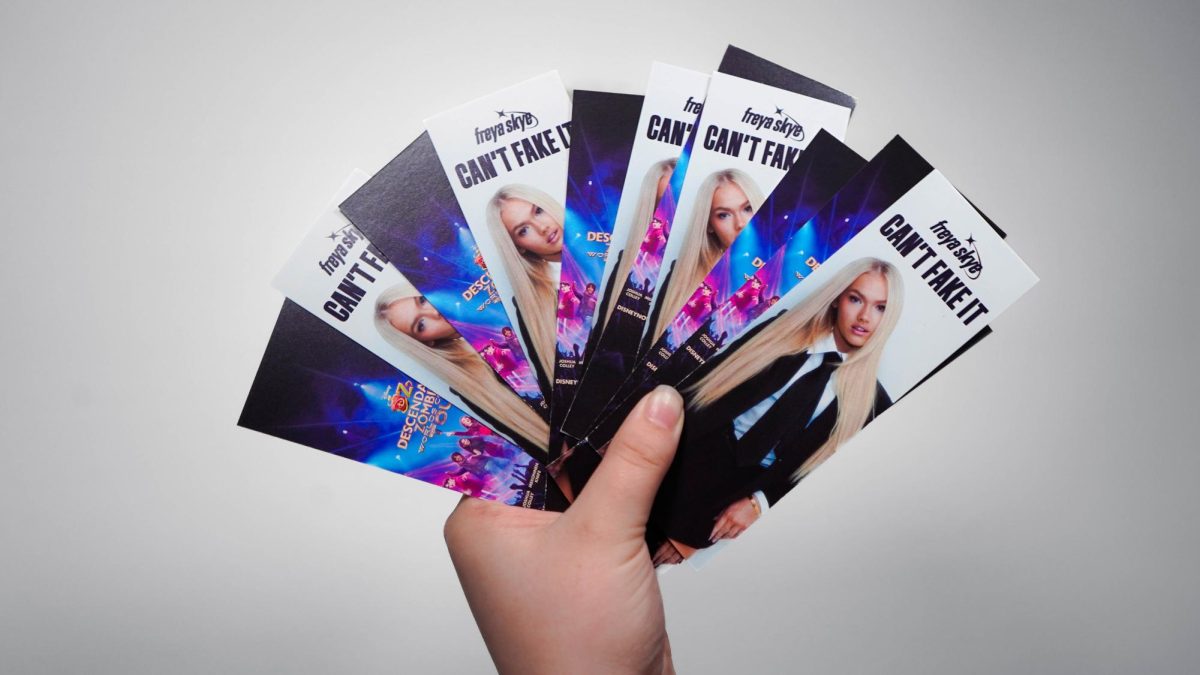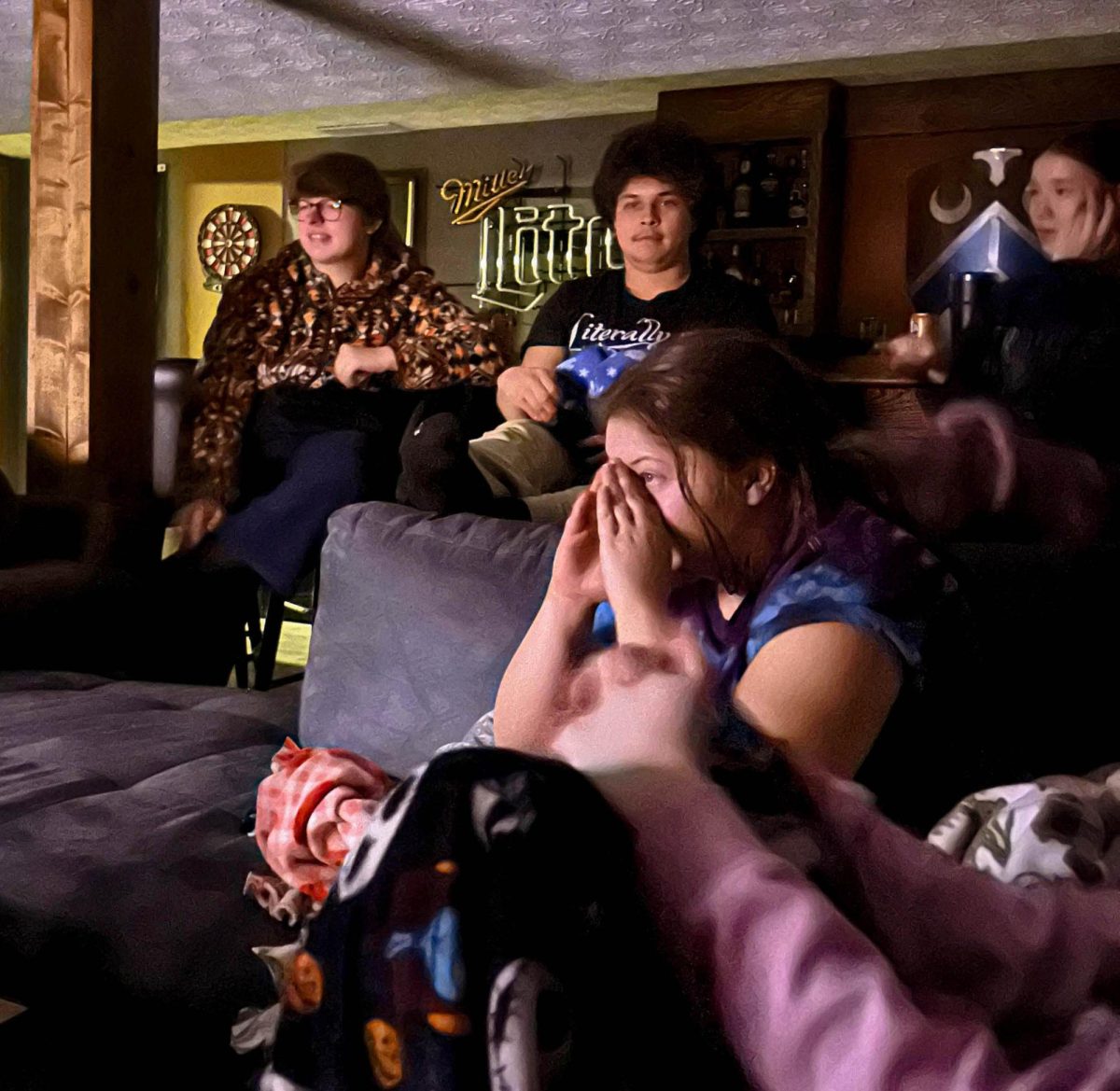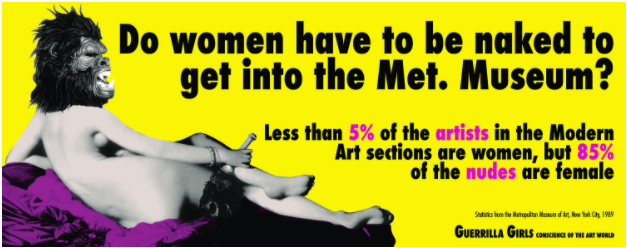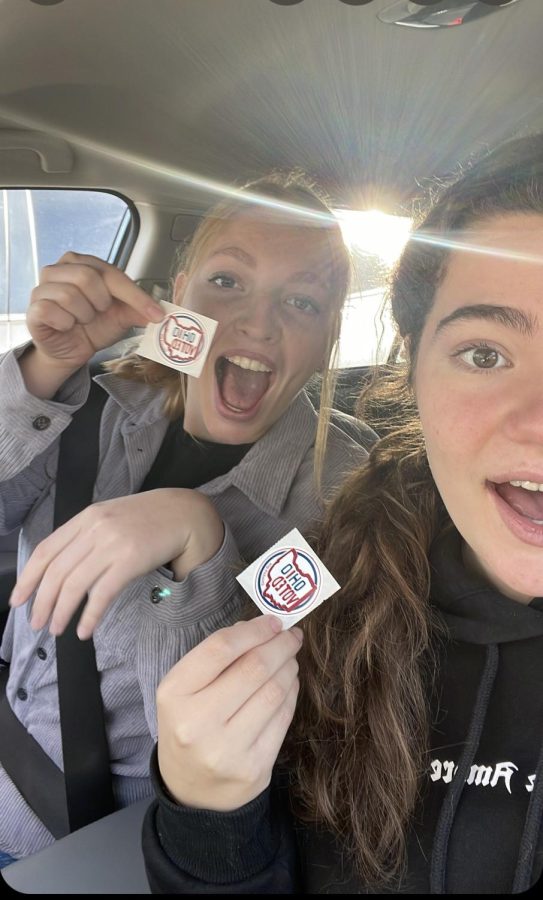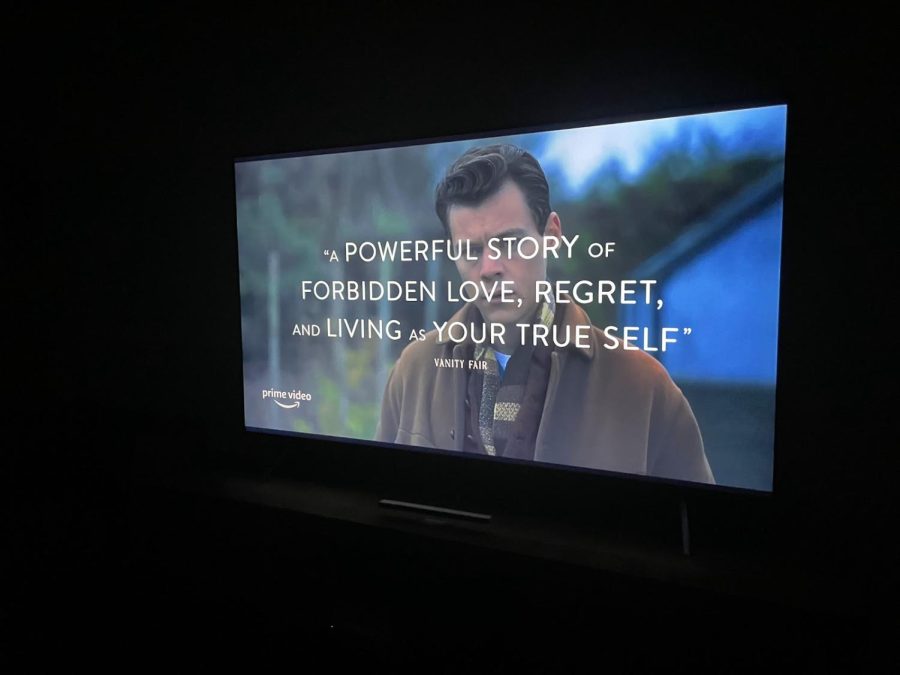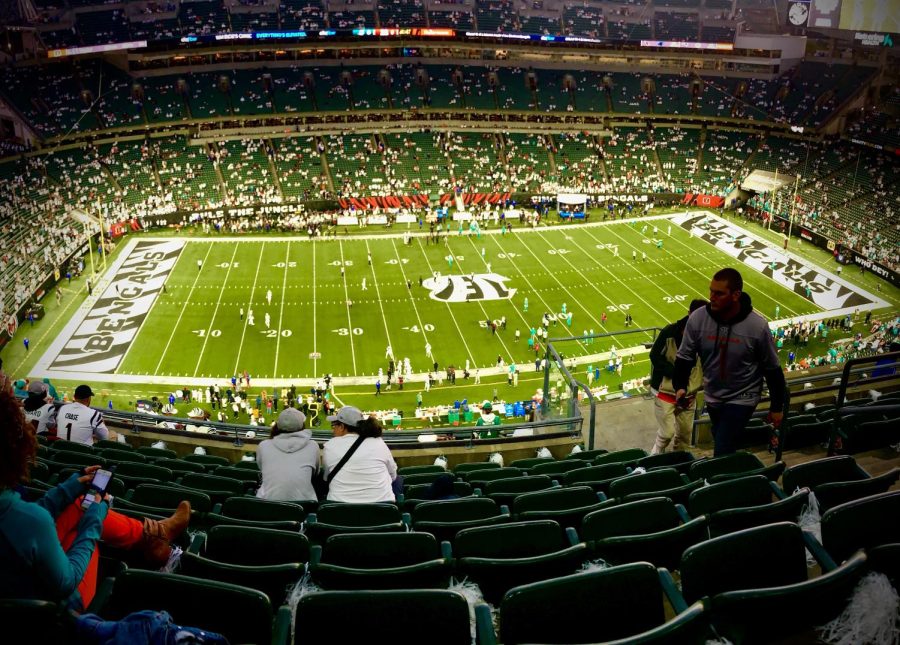For centuries, the patriarchy has caused the under-representation of female artists in the art world. Artwork created by male artists have far more worth than artwork created by female artists simply because of the gender difference.
As more women have spoken out about the struggles of being overlooked, some galleries and museums have made an effort in helping female artists become more recognized and appreciated by the world.
Michaelangelo, Leonardo Da Vinci and Plautilla Nelli are all very talented Renaissance painters. The only difference between the first two names, which you may have recognized, and the latter, is gender.
Nelli was a female artist and nun from the Renaissance era who was based in Florence, Italy. She created many biblical paintings, including, “The Last Supper”, “Lamentation”, “Praying Madonna” and many more.
A person could see these pieces of art and easily recognize them. However, Nelli’s name isn’t as well-known in history books due to the simple fact that she is a woman.
In March of 2017, the Uffizi Gallery in Florence, Italy decided to show an exhibition purely of Nelli’s work. The exhibition was an attempt at giving credit to long-overlooked female artists and help fix the gender imbalance in the art world.
Douglas Smith, an art teacher at North, comments about the attempt by galleries to diversify their shows, “More traditional museums tend to lean heavily on male expressions of art, but even institutions that have been around for decades have made efforts to become more diverse. They’ve done this by rotating collections or building new wings for non-Western art. I couldn’t say whether or not this increased diversity has led to greater representation of female artists though.
“There are some local galleries in Franklinton that seem to have both male and female artists represented,” Smith said. “Festivals like Urban Scrawl really show off this diversity. Studios on High in the Short North also has a diverse range of artists.”
For more than 30 years, the anonymous activist group Guerrilla Girls has been fighting against sexism and racism within the art community. They are known for using humor and wearing gorilla masks to expose the dark side of the art world.
Their most famous image is the 1989 Metropolitan Museum poster which reads, “Do women have to be naked to get into the Met. Museum?”
“There are many artists’ works that can be sexually explicit in nature, pornographic or objectified,” Melanie Celello, an art teacher at North, says. “I don’t agree with the subject matter and feel uncomfortable viewing the work, but respect their abilities as artists and they have a right to their voice and expression.
“I would never agree with museum censorship but would warn the viewers or put the work in a separate space/room,” Celello says, regarding the many female nude artwork created by male artists in the past.
This gender imbalance is a systemic issue. People dismiss the gender pay gap in art with comments such as, “Female artists simply don’t make good enough art.”
“I suspect male artists generally get paid more than women. Likewise, there is a lingering stereotype that “craft” is for women, whereas “serious art” is for men,” says Michelle Feige, an English teacher at North High School.
The art world focuses on white male artists and leaves little representation for women and people of color. A recent data analysis published in 2019 by Plos One shows that the 18 major U.S. art museums collections’ are 87% male and 85% white. The collections lack diversity.
“As far as pay is concerned galleries and museums need to be more transparent in what they pay artists. By doing this artists could negotiate fairer prices for their work,” said Smith.
Not only is sexism seen within galleries and museums but we also tend to overlook the sexist ideals of well-known male artists. Georg Baselitz, famous for his stained glass art, has made some rather questionable comments about female artists. In a 2013 interview conducted by Der Spiegel, a German newspaper, Baselitz declared, “Women don’t paint very well.”
Even Picasso has made multiple sexist remarks. Picasso described women as “either goddesses or doormats” and “machines for suffering”.
His granddaughter, Marina Picasso, depicts in a memoir how Picasso used and threw away the woman he claimed to have loved so dearly.
“He submitted them to his animal sexuality, tamed them, bewitched them, ingested them, and crushed them onto his canvas. After he had spent many nights extracting their essence, once they were bled dry, he would dispose of them,” Marina Picasso wrote.
Not to mention the way he drove Jacqueline Roque and Marie-Thérèse Walter (two women of which he claimed to love) to suicide, after he made them feel unworthy.
Whether galleries should allow artists like Picasso to represent them or not has been a hot topic for art blogs. Journalist Shannon Lee said in an article depicting the issue with Picasso’s misogynistic views, “Just because we can separate the art from the artist doesn’t mean we always should.”
Lee went on to say, “If the art world truly wants to be inclusive, it’s going to need to start embracing more complex art historical narratives.”
Celello argues that art galleries should allow problematic artists to be included in the shows, “I definitely think museums should give artists with problematic backgrounds a platform. All work created within a society should have equal opportunity to share their visual stories. The process is usually left for small local galleries to take that role first before the larger more nationally recognized galleries commit.”
Shining a light on both the art work and the composer’s controversial past may help raise awareness about the gender imbalance within the art world. The art community should recognize this issue before they could move forward and start to appreciate female artists and their work.
“There’s certainly an exclusionary vibe in certain museums and galleries; however, there’s such an enormous variety of art these days that almost anyone can find an outlet. The neutrality of the internet has also allowed people to express themselves in almost limitless ways. The general public is probably more exposed to this type of art than visiting a more traditional gallery or museum,” Smith says regarding the potential bias within the art world.











